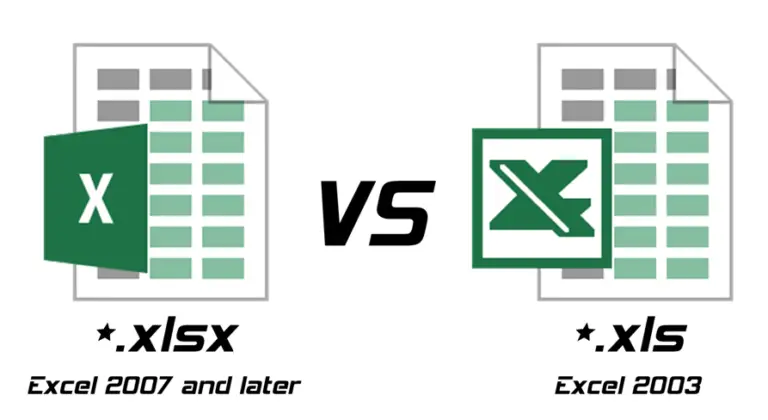How to Use Dynamics 365 Finance and Operations for Financial Planning and Budgeting
Businesses need to have an effective financial planning and budgeting strategy in place to ensure successful operations. However, just as businesses scale up, financial complexities also increase. As a result, there is a need for intelligent software that can empower finance teams to be better positioned to manage their finances. A great example of it is Dynamics 365 Finance and Operations.
In this article, we will look at some effective ways in which Dynamics 365 Finance and Operations help teams to plan and budget their finances more effectively.

Establish Financial Goals and Objectives
The first step in using Dynamics 365 Finance and Operations for financial planning and budgeting is to establish financial goals and objectives. These goals should align with the overall business strategy and be specific, measurable, achievable, relevant, and time-bound. Once financial goals and objectives are established, they can be used as a framework for financial planning and budgeting.
Create a Budget Plan
A budget plan is a financial plan that outlines expected revenue and expenses over a specific period. Dynamics 365 Finance and Operations provide a budget planning module that can be used to create and manage budget plans.
The budget planning module allows users to define budget cycles, create budget lines, and allocate budget amounts. Budget lines can be based on accounts, departments, cost centers, or any other financial dimension.
Track Actual Financial Performance
Once a budget plan is created, it is important to track actual financial performance against the budget plan. Dynamics 365 Finance and Operations provide a financial dimension framework that can be used to track financial performance by department, project, location, or any other dimension.
The financial dimension framework allows users to drill down into financial transactions and analyze financial performance in real time.
Use Forecasting for Accurate Financial Planning
Forecasting is the process of predicting future financial performance based on historical data and trends. Dynamics 365 Finance and Operations provide a forecasting module that can be used to create and manage financial forecasts.
The forecasting module allows users to define forecasting models, create forecast lines, and adjust forecast amounts. Forecast lines can be based on accounts, departments, cost centers, or any other financial dimension.
Analyze Financial Performance
To plan and budget finances the right way, finance teams need to evaluate their financial performance. Dynamics 365 Finance and Operations offers interactive financial statements, reports, and dashboards. As a result, teams can have more visibility into their financial processes.
For example, the income statement, balance sheet, and cash flow statement provide a high-level view of financial performance and dashboards can be customized to display key performance indicators (KPIs) such as revenue, expenses, and profitability.
By making use of these features, businesses can analyze what is and isn’t working for them and take corrective measures.
Collaborate with Stakeholders
Collaboration with stakeholders is critical for effective financial planning and budgeting. Dynamics 365 Finance and Operations provide a collaboration module that can be used to collaborate with stakeholders.
The collaboration module allows users to share financial data, discuss financial performance, and make decisions that be used to manage financial approvals and workflows.
Manage Financial Compliance
Compliance with financial regulations is critical for any business. Dynamics 365 Finance and Operations provide a suite of tools that can be used to manage financial compliance. The compliance tools include audit trials, security roles, and financial controls.
Audit trials provide a record of financial transactions and changes. Security roles ensure that users have the appropriate access to financial data. Financial controls ensure that financial transactions are processed accurately and in compliance with regulations.
Use Advanced Analytics
Advanced analytics such as predictive analytics and machine learning can provide valuable insights into financial performance. Dynamics 365 Finance and Operations provide a suite of advanced analytics tools that can be used to analyze financial data.
The advanced analytics tools include predictive analytics, machine learning, and artificial intelligence.
Conclusion
In conclusion, effective financial planning and budgeting are critical for the success of any business. With the help of Dynamics 365 Finance and Operations, businesses can streamline their financial operations and improve their performance.
By establishing financial goals and objectives, creating budget plans, tracking actual financial performance, using forecasting for accurate financial planning, collaborating with stakeholders, managing financial compliance, and using advanced analytics, businesses can make informed financial decisions and achieve their financial objectives.






